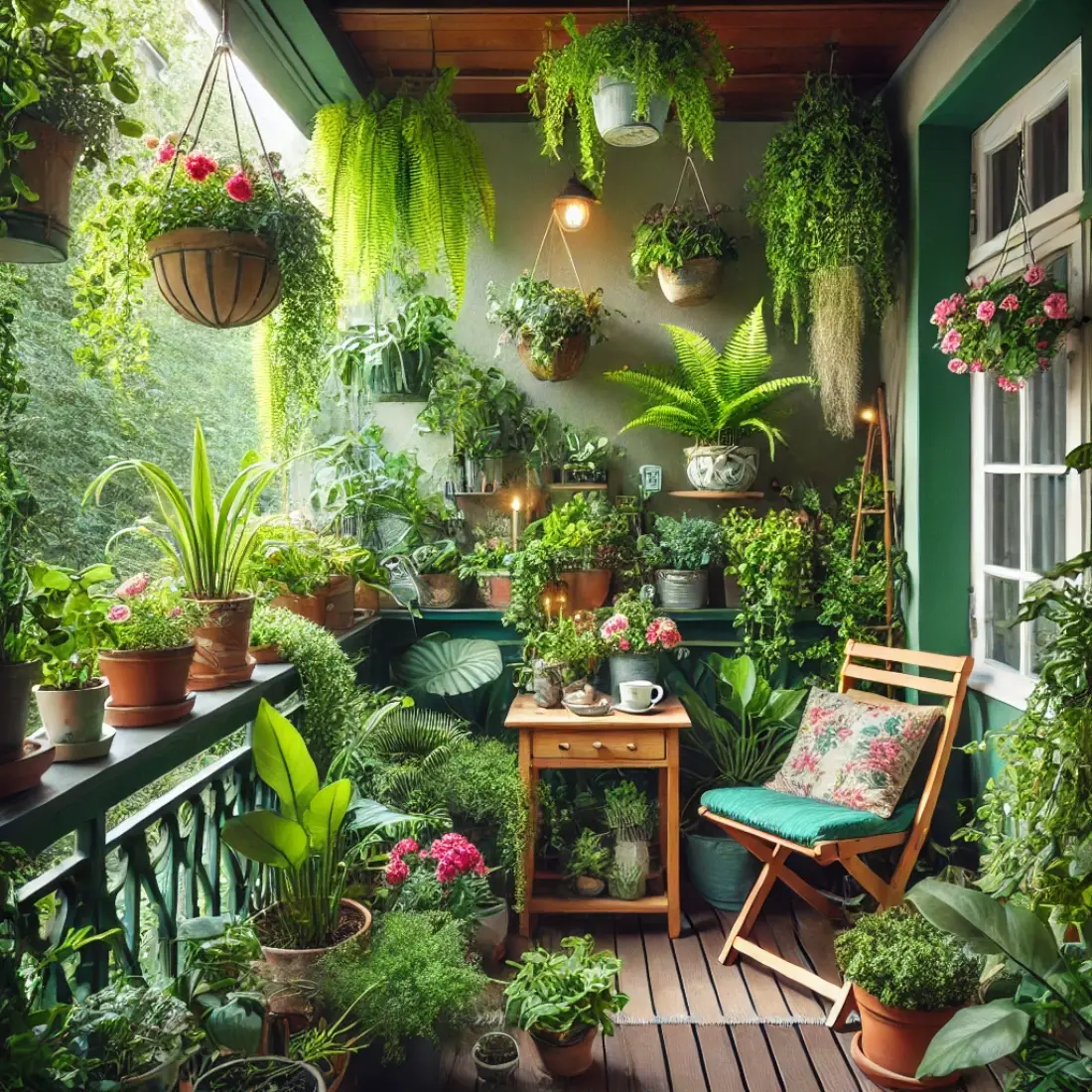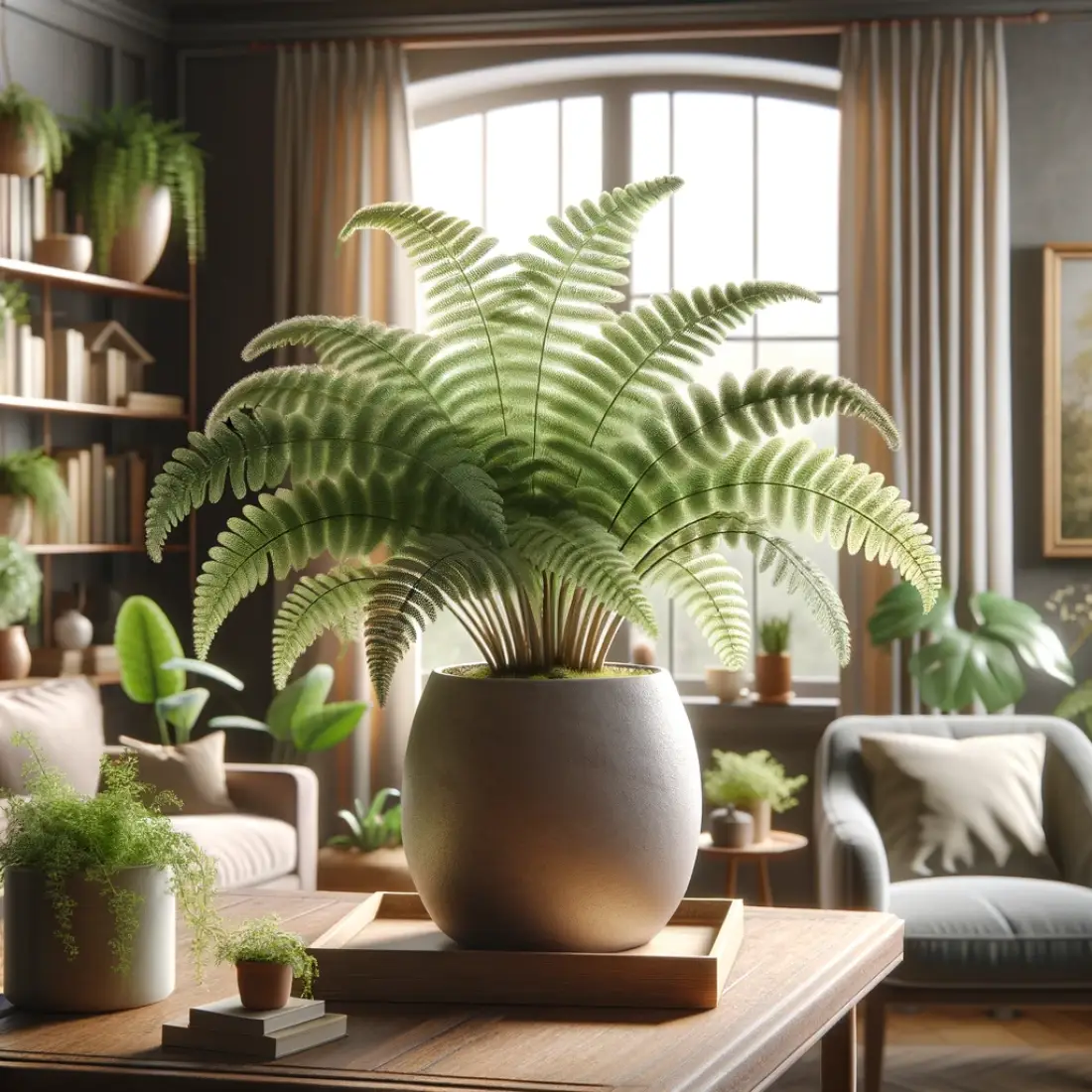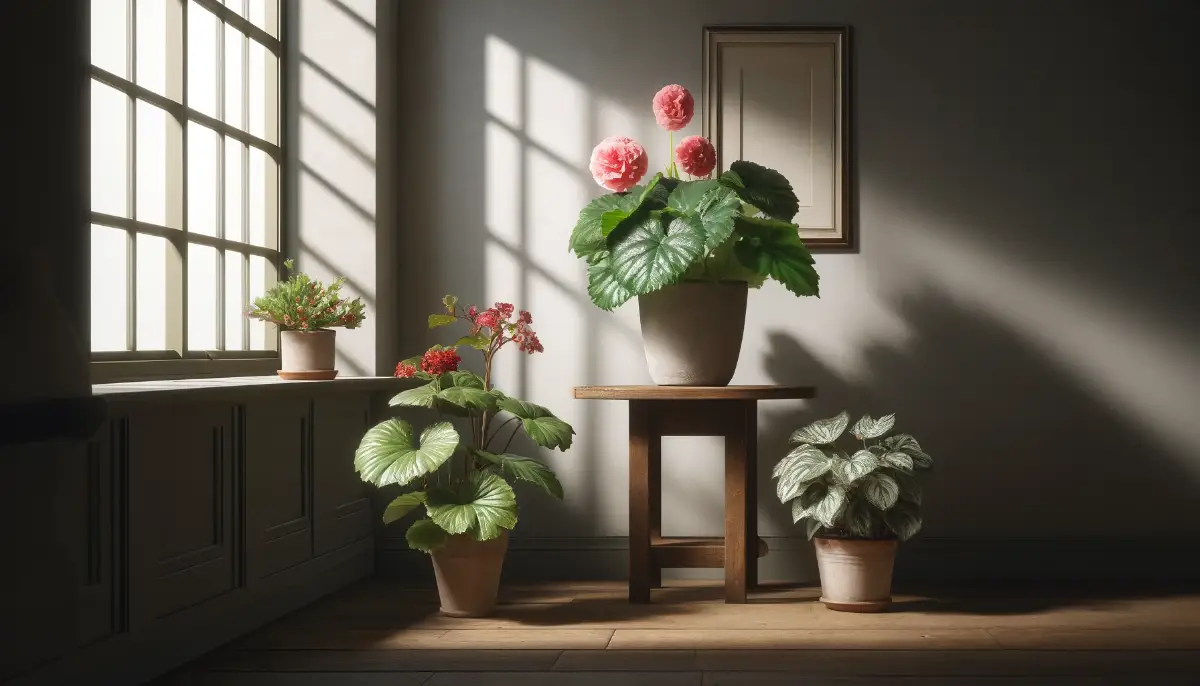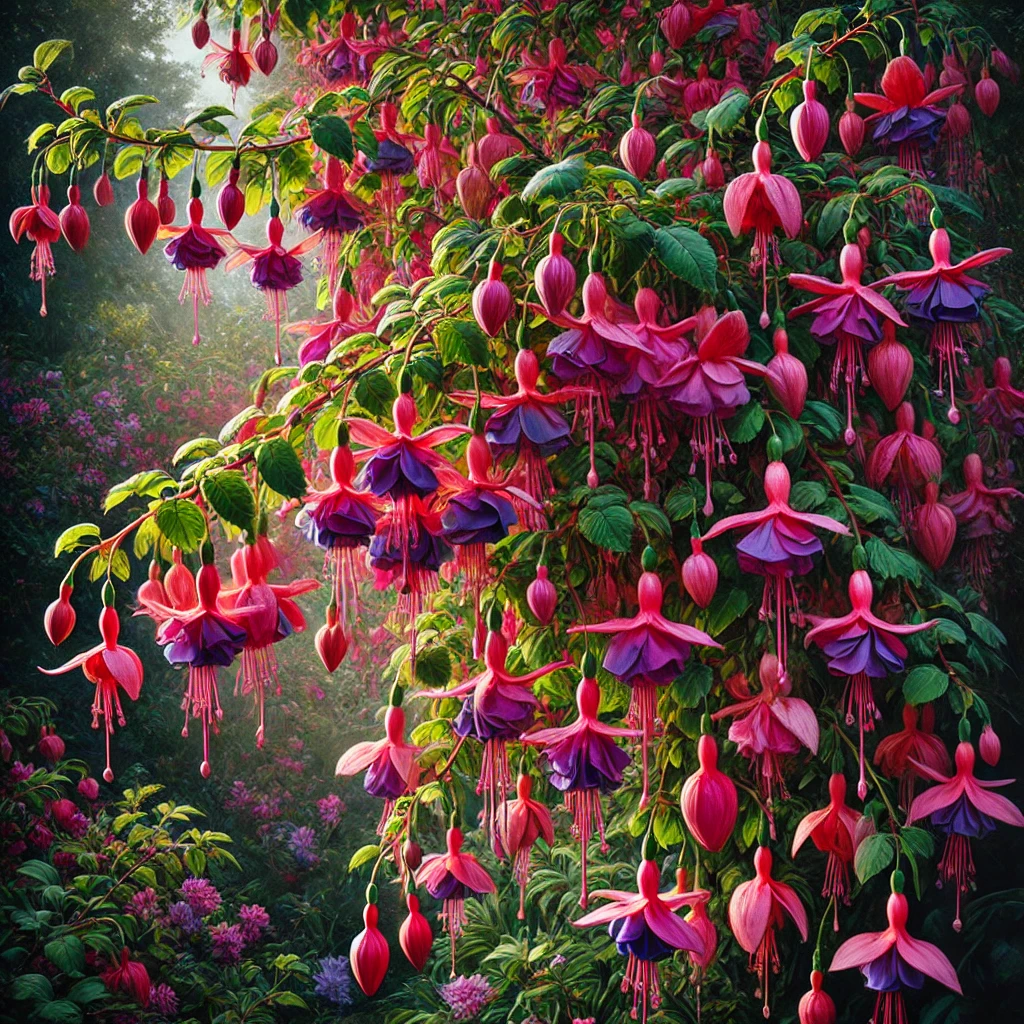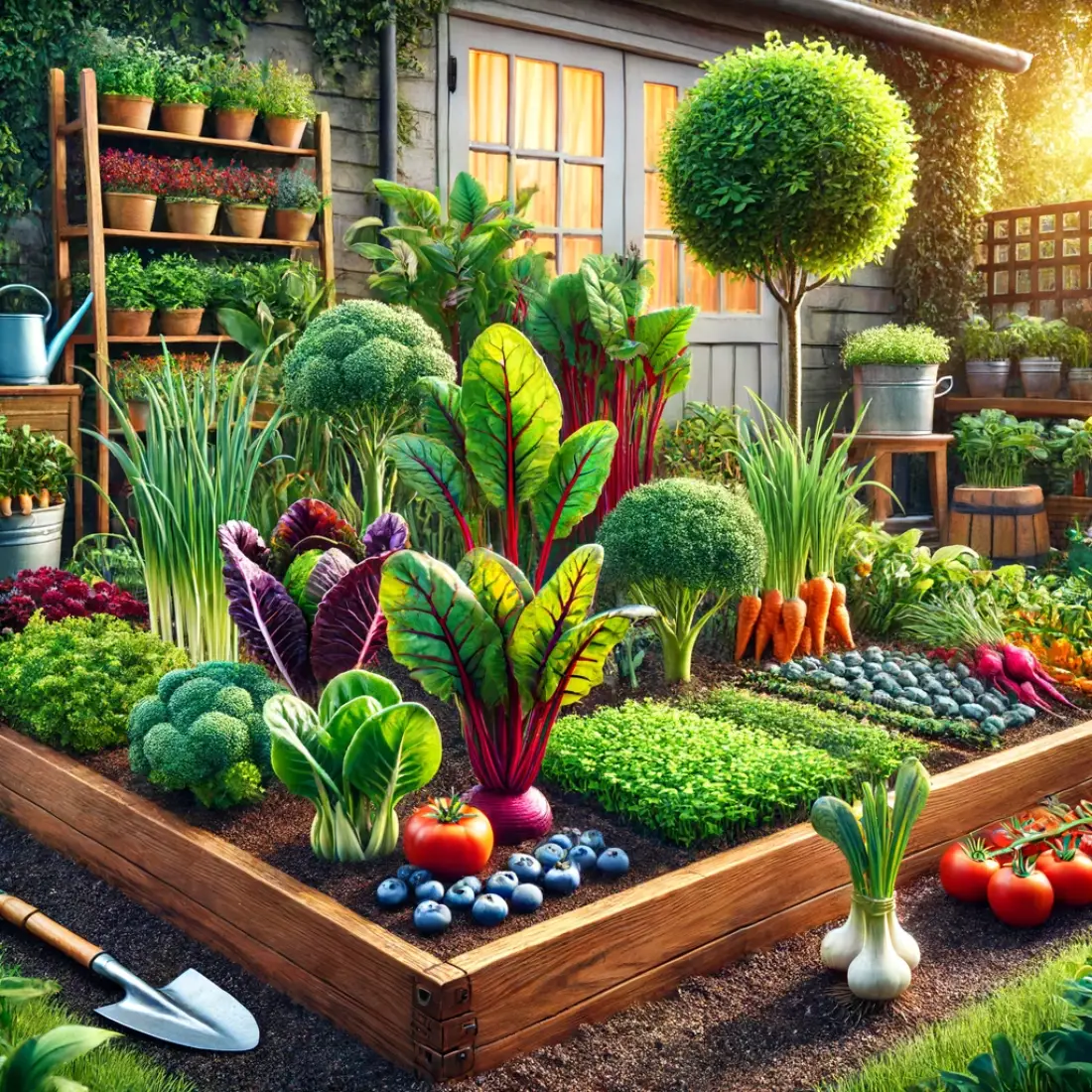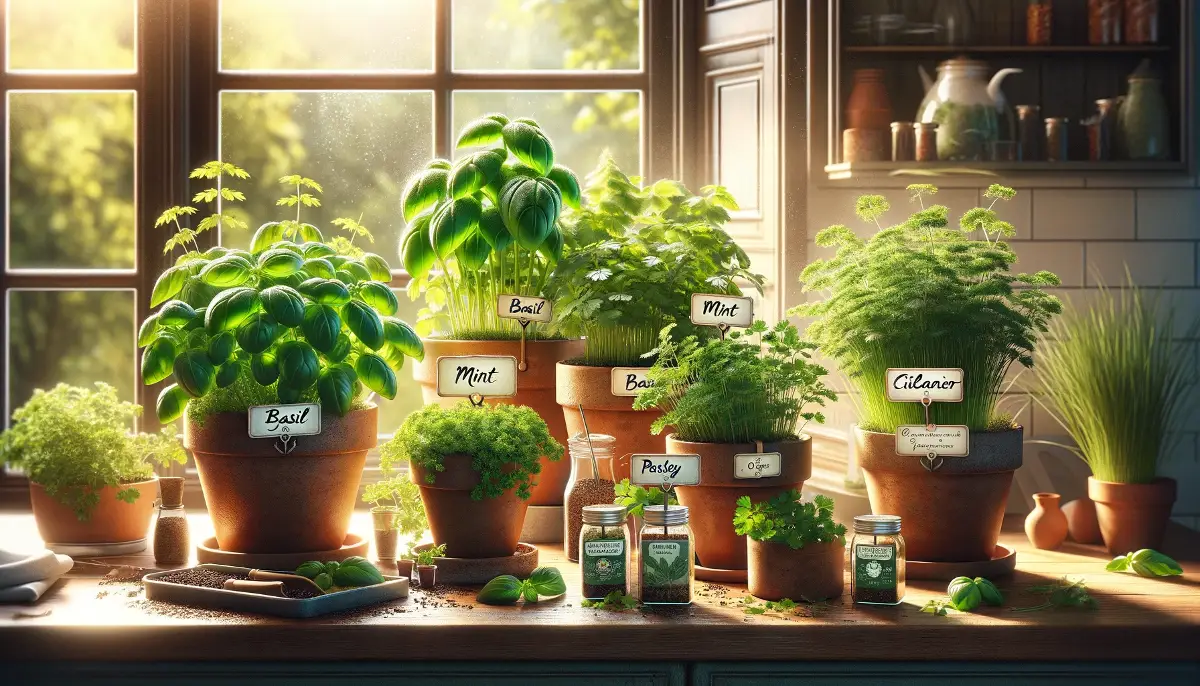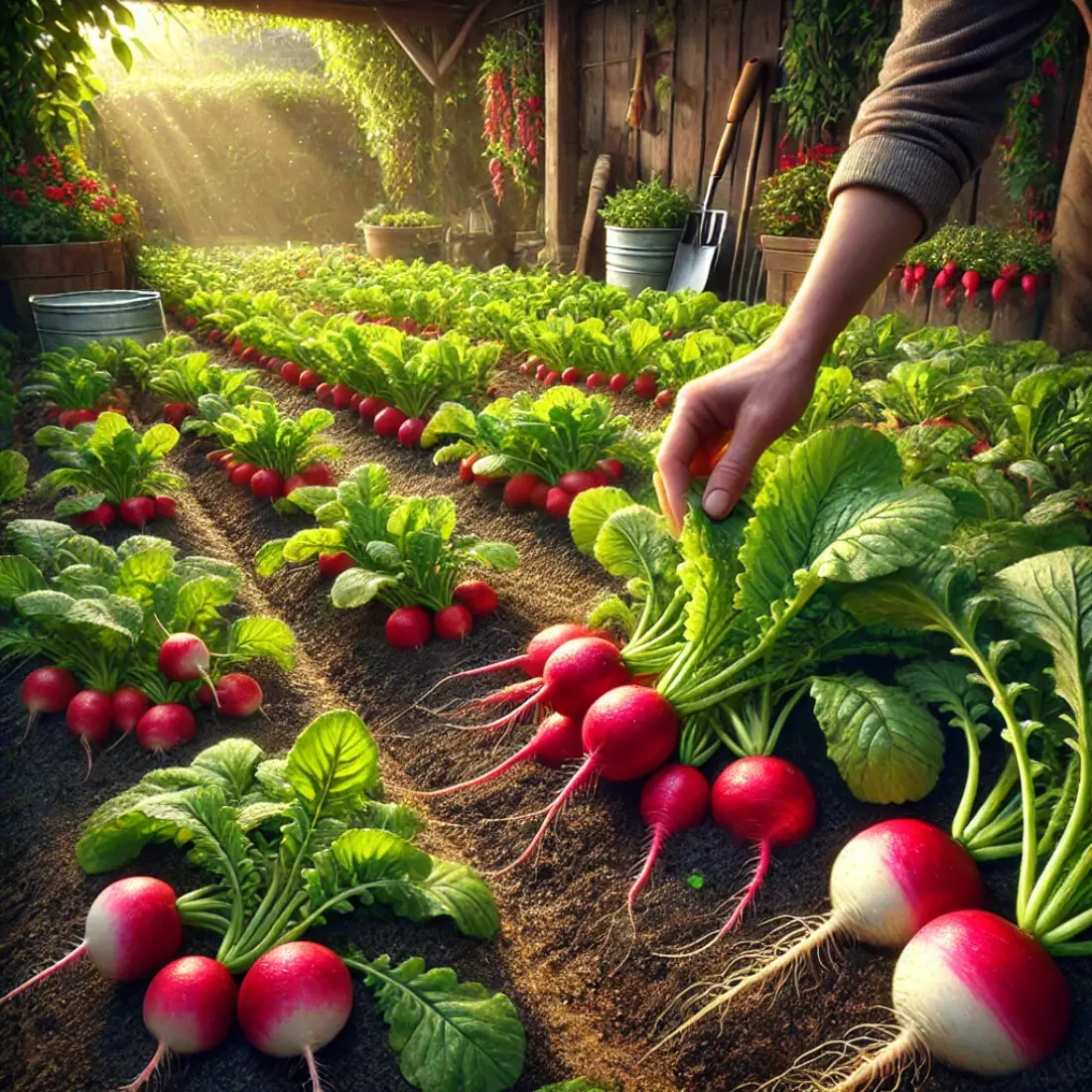Gardening on a shady balcony may seem challenging, but it offers a unique opportunity to create a lush, green retreat with the right plants. While full sunlight is often prized, many plants thrive in low light, transforming dim spaces into vibrant, living areas.
Choosing the best shade-tolerant plants can turn your balcony into a haven of greenery, even without direct sunlight. From colorful flowers to hardy foliage, the options are abundant. Keep reading to discover the best plants for shady balconies and learn how to care for them in these low-light conditions.
- Shade-loving plants can transform a dim balcony into a vibrant green space.
- Many plants thrive in low light, including foliage plants, flowering varieties, and even some edibles.
- Selecting the right plants for your shady balcony ensures healthy growth and a lush appearance year-round.
- Low-maintenance options like snake plants and ZZ plants are perfect for busy gardeners.
- Proper care, including adjusted watering and occasional fertilization, is essential for maintaining healthy plants in shady conditions.
- Reflective surfaces and strategic placement can help maximize the light available on your balcony.
Top Foliage Plants for Shady Balconies
Creating a lush and green balcony in the shade is easy with the right selection of foliage plants. These plants not only thrive in low light but also add texture and vibrant colors to your space.
1. Hostas
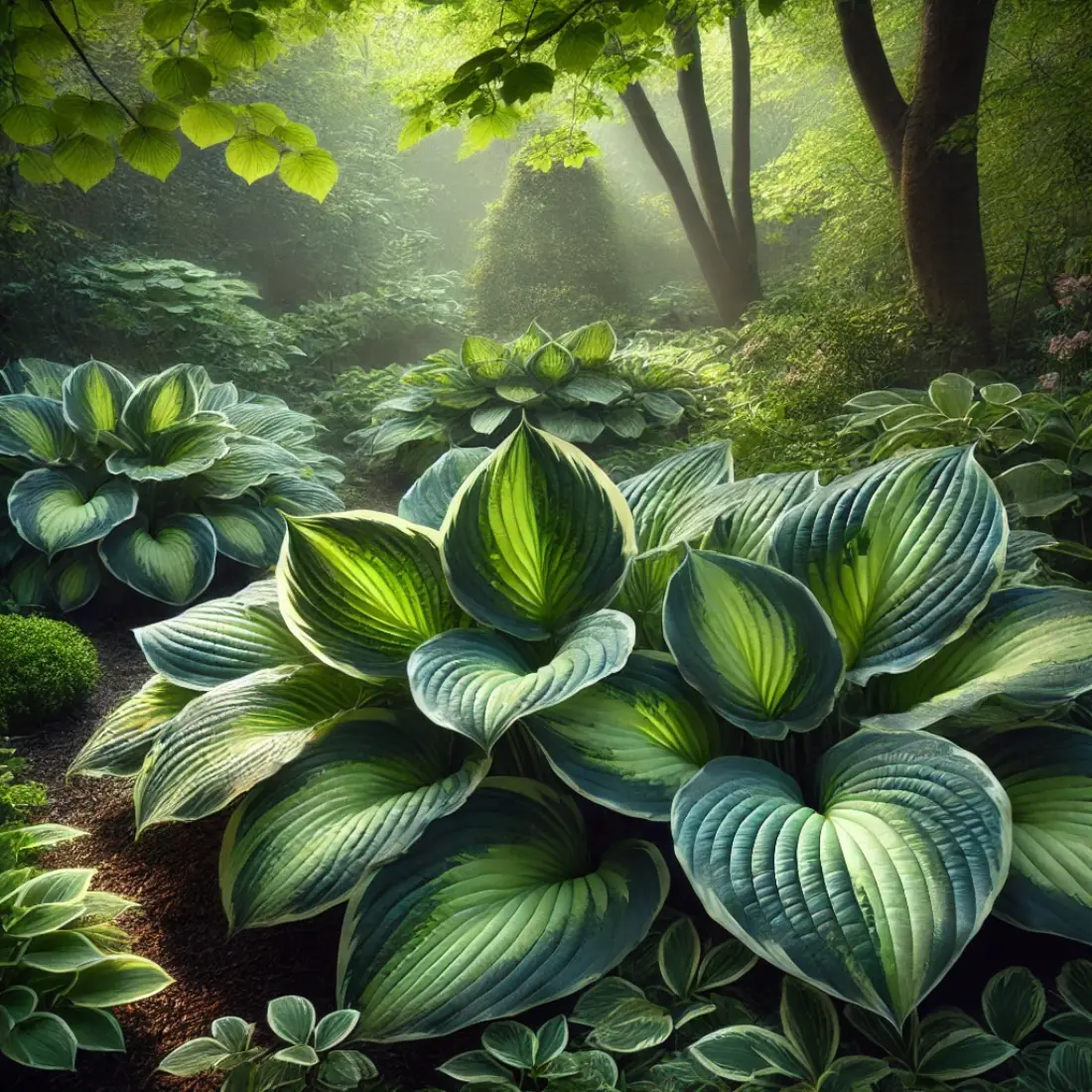
Hostas are a popular choice for shady balconies due to their large, attractive leaves that come in a variety of colors and patterns. These plants are incredibly hardy and require minimal care.
They thrive in pots, making them perfect for balconies, and can survive with just a few hours of indirect sunlight each day. Regular watering and well-draining soil will keep your hostas looking their best.
2. Ferns
Ferns are ideal for adding a touch of lush greenery to shaded areas. Varieties like the Boston fern and Maidenhair fern are particularly well-suited for balconies. They thrive in moist, humid conditions and prefer indirect light, making them a perfect match for shady balconies. To keep your ferns healthy, ensure they are watered regularly and misted to maintain humidity.
3. Caladium
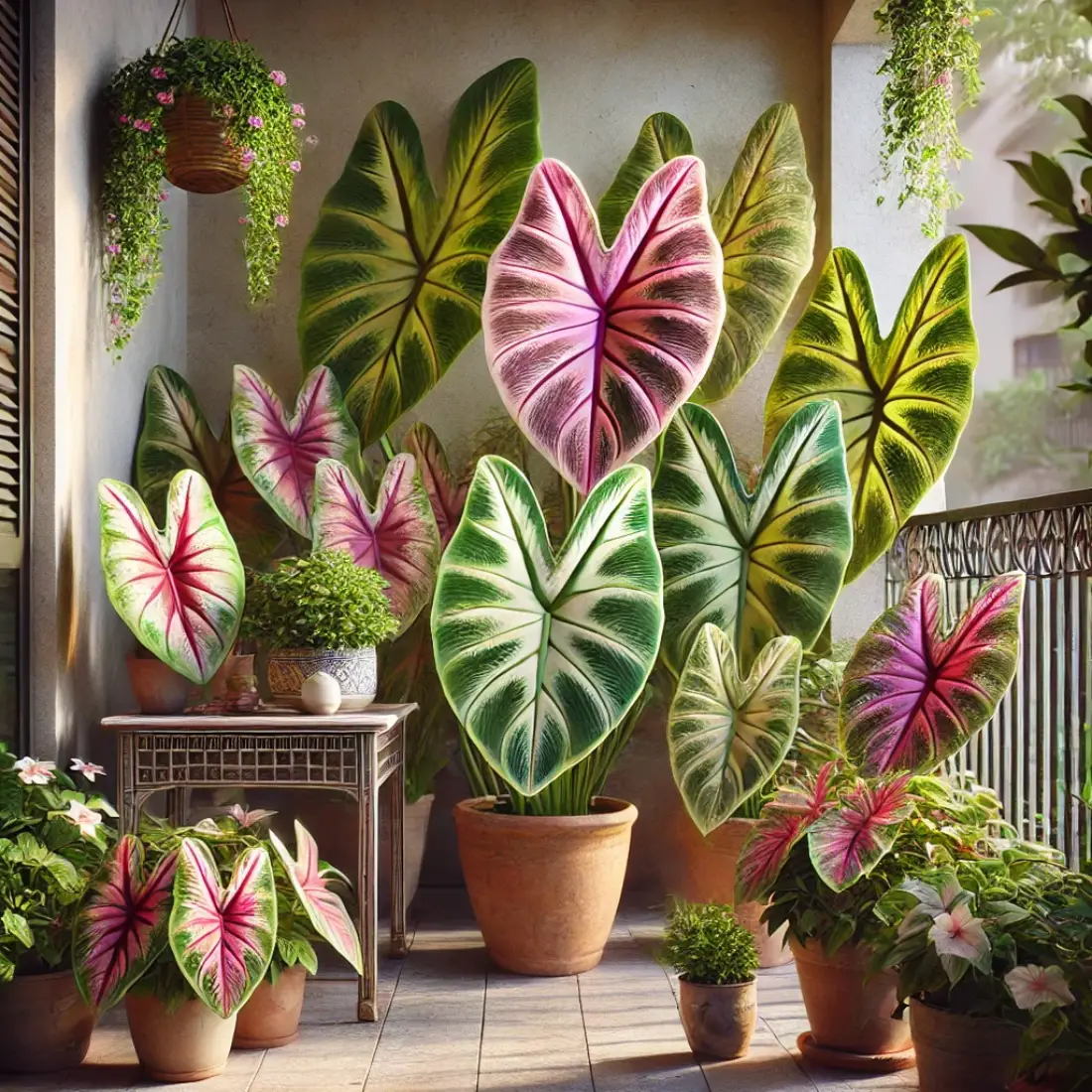
Caladium plants are known for their striking, colorful leaves that can range from green to pink, red, and white. These plants do well in low-light conditions and add a vibrant pop of color to any balcony. Caladiums prefer warm, humid environments, so they may need extra attention in cooler climates. Regular watering and occasional fertilizing will help them thrive.
4. Heuchera (Coral Bells)
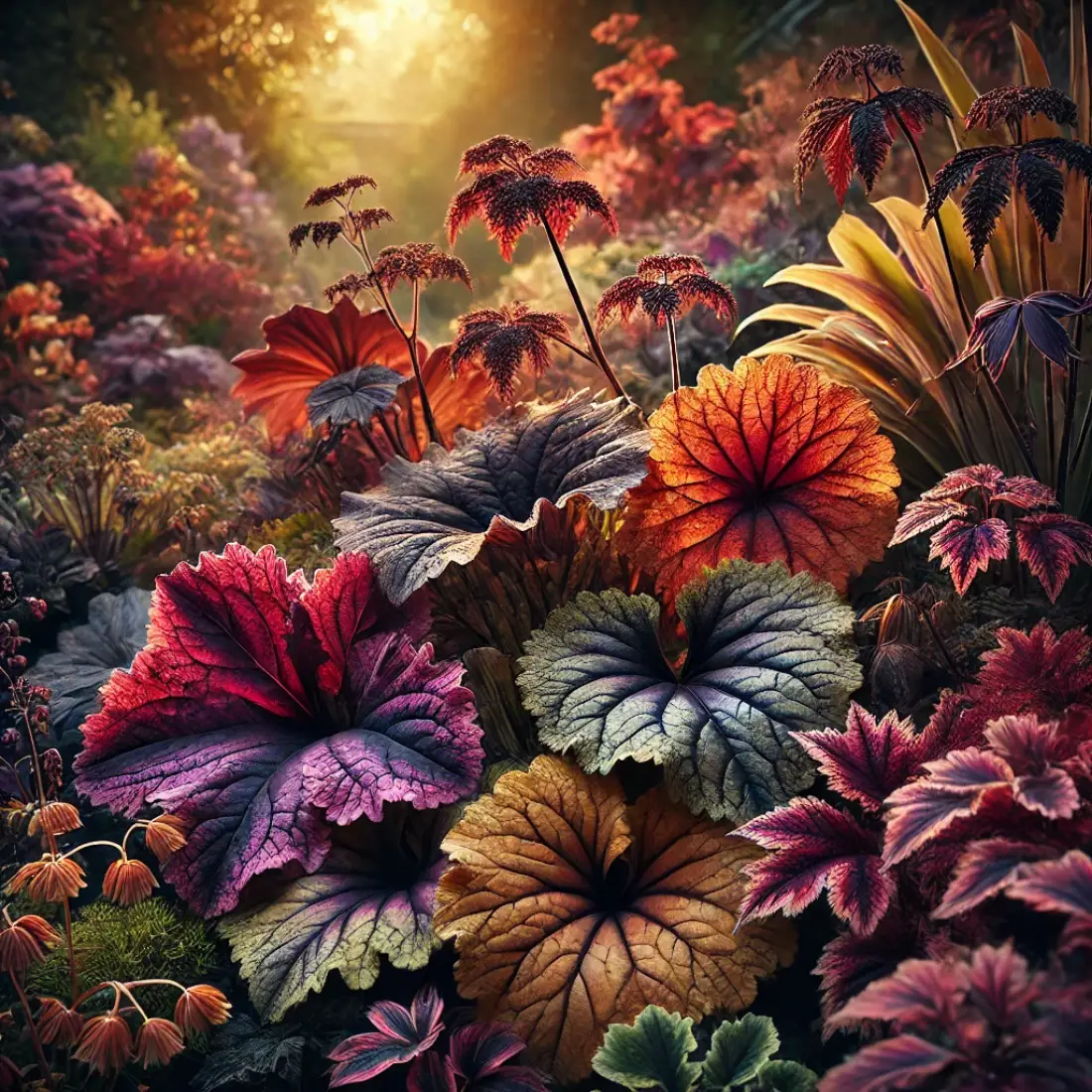
Heucheras are prized for their colorful, ruffled leaves that come in shades of purple, red, green, and silver. These perennials are shade-tolerant and do well in containers.
Heucheras are low-maintenance, requiring only occasional watering and well-drained soil. They are a great choice for adding year-round color and texture to your shady balcony.
Top Flowering Plants for Shady Balconies
Even in the shade, your balcony can bloom with vibrant colors. Several flowering plants thrive in low-light conditions, adding beauty and a splash of color to your shaded space.
1. Impatiens
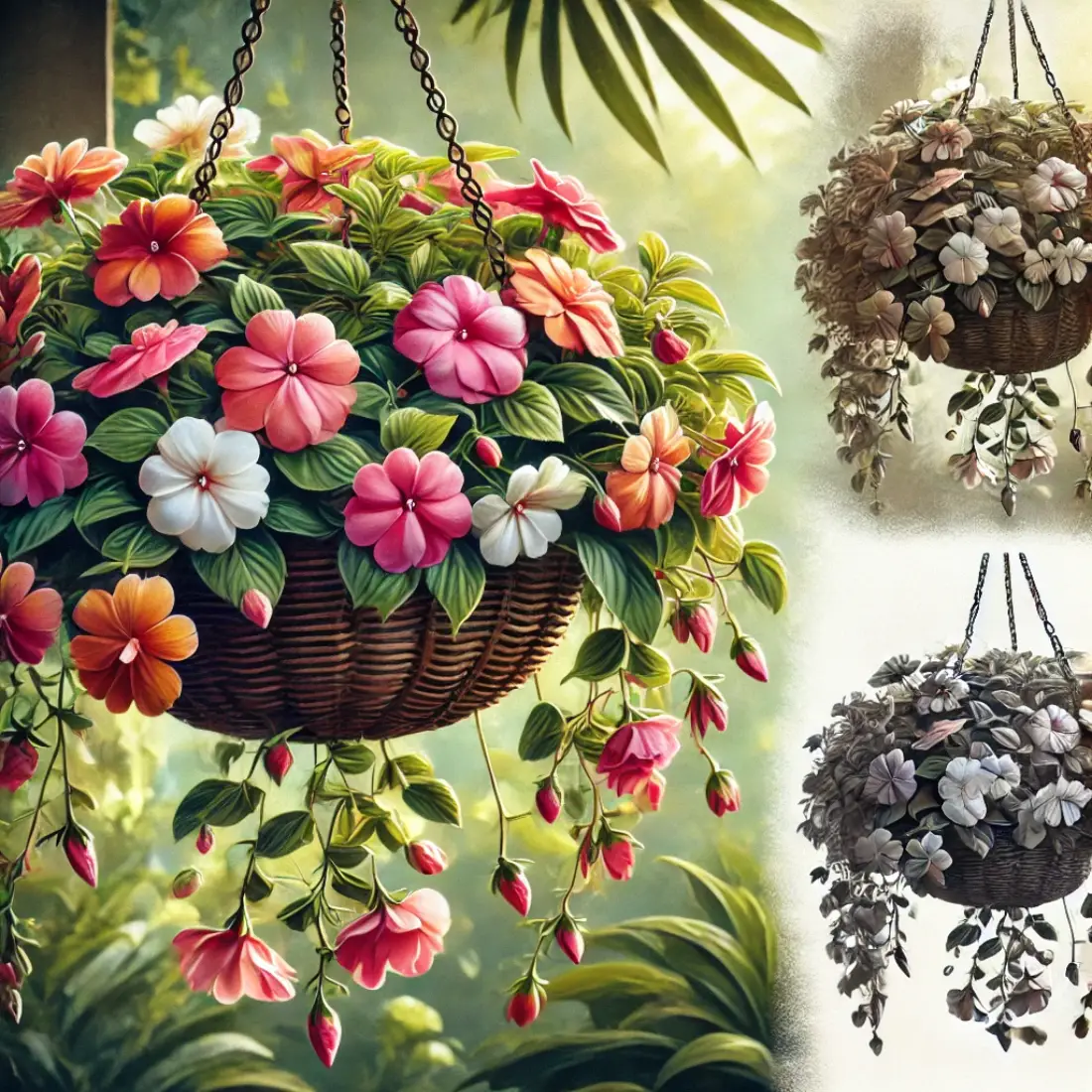
Impatiens are one of the best flowering plants for shady balconies. They are known for their bright, cheerful blooms that come in a range of colors, including pink, red, white, and purple. These plants thrive in low-light areas and are easy to care for, making them perfect for beginners.
Regular watering is essential to keep the soil moist, but avoid waterlogging. With proper care, impatiens will provide continuous blooms throughout the growing season.
2. Begonias
Begonias are another excellent choice for shady balconies. There are many types of begonias, but the wax begonia and tuberous begonia varieties are particularly well-suited for low-light conditions. Begonias are admired for their beautiful flowers and attractive foliage, which can vary in color and texture.
They require well-drained soil and consistent moisture but are generally low-maintenance. Begonias can bloom profusely even with minimal sunlight, making them a versatile option for shady spaces.
3. Fuchsia
Fuchsias are known for their exotic, drooping flowers that resemble delicate hanging lanterns. These plants thrive in cool, shady conditions and are perfect for hanging baskets or containers on your balcony. Fuchsias need regular watering to keep the soil moist and benefit from occasional feeding with a balanced, organic fertilizer. With the right care, fuchsias will bloom from late spring through fall, adding a touch of elegance to your shady balcony.
4. Lobelia
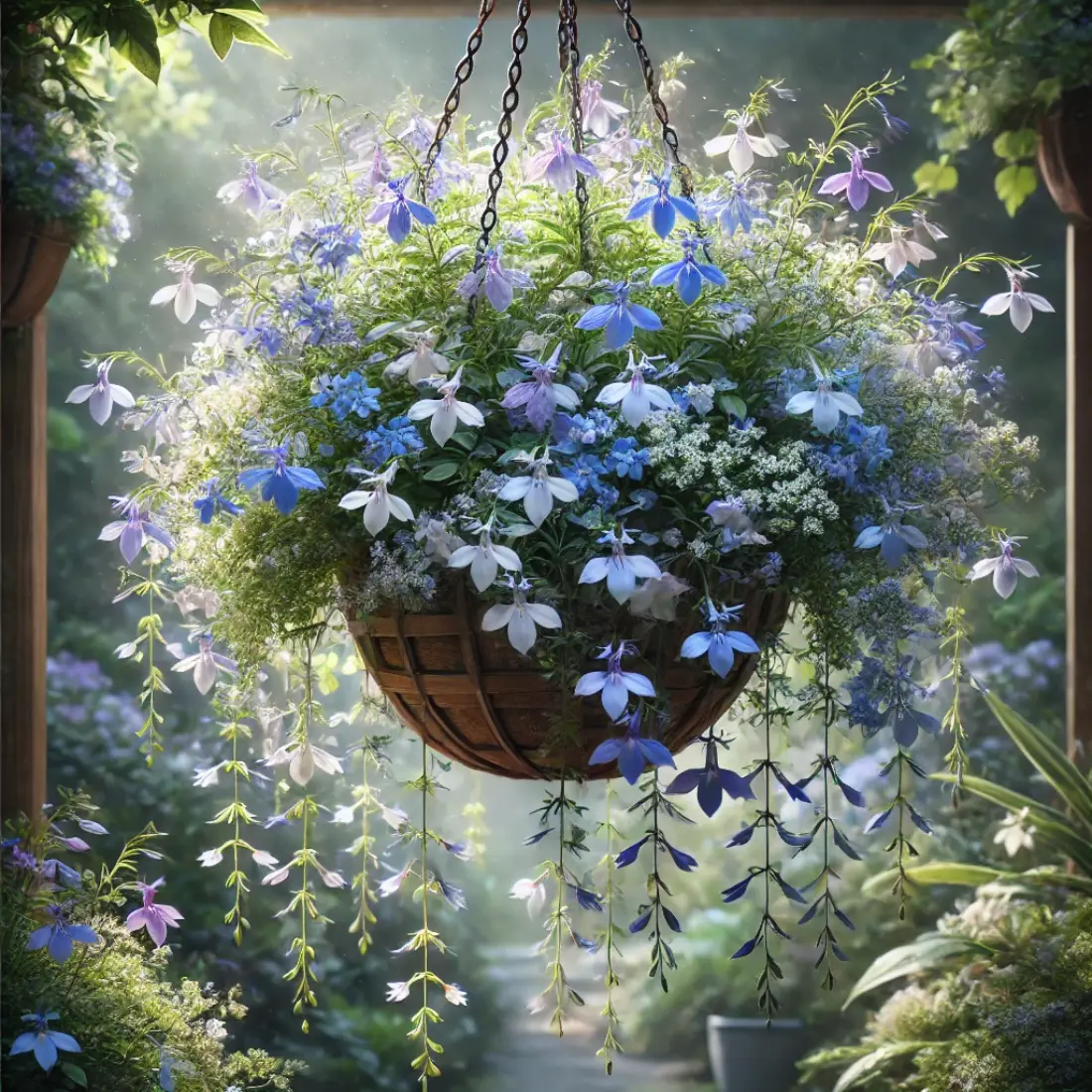
Lobelia is a trailing plant that produces masses of tiny, vibrant flowers in shades of blue, purple, and white. It’s perfect for hanging baskets or as an edging plant in containers. Lobelia thrives in partial to full shade and prefers moist, well-drained soil.
With regular watering and occasional feeding, lobelia will bloom profusely, creating a stunning cascade of color on your balcony.
Top Edible Plants for Shady Balconies
Even with limited sunlight, you can grow a variety of edible plants on your shady balcony. These shade-tolerant edibles not only provide fresh, homegrown produce but also add greenery to your space.
1. Leafy Greens (Lettuce, Spinach, Kale)
Leafy greens like lettuce, spinach, and kale are excellent choices for shady balconies. These plants thrive in cooler, low-light conditions and are quick to grow, allowing for multiple harvests throughout the season.
Lettuce and spinach prefer consistently moist soil, while kale is more resilient and can tolerate a bit of dryness. These greens are perfect for salads and smoothies, giving you fresh, nutritious produce right at your doorstep.
2. Herbs (Mint, Parsley, Chives)
Many herbs do well in partial shade, making them ideal for balcony gardens. Mint is particularly shade-tolerant and grows vigorously, making it perfect for pots to prevent spreading. Parsley and chives also thrive in low light, providing fresh flavors for your dishes.
These herbs require well-draining soil and regular watering. With minimal care, you can enjoy fresh herbs for cooking, teas, and garnishes all year round.
3. Radishes
Radishes are one of the easiest root vegetables to grow, and they do well in partial shade. They are fast-growing, maturing in as little as 4 weeks, making them perfect for small spaces like balconies. Radishes prefer loose, well-drained soil and regular watering. They add a crisp, peppery flavor to salads and are perfect for fresh, homegrown snacking.
FAQs Gardening on a shady balcony
What are the best low-maintenance plants for a shady balcony?
Snake plants, ZZ plants, and Pothos are ideal low-maintenance options that thrive in shade and require minimal care.
Can I grow vegetables on a shady balcony?
Yes, certain vegetables like leafy greens (lettuce, spinach, kale) and herbs (mint, parsley, chives) can thrive in partial shade.
How often should I water plants on a shady balcony?
Plants in shade generally require less frequent watering than those in full sun. However, it’s important to keep the soil consistently moist, especially for leafy greens and ferns.
Do shade plants need fertilizer?
Yes, but they typically require less frequent fertilization than sun-loving plants. Use a balanced, slow-release fertilizer during the growing season to support healthy growth.
What flowers can I grow on a shady balcony?
Impatiens, begonias, fuchsias, and lobelia are excellent flowering plants that thrive in low-light conditions and add vibrant color to shaded spaces.
Can I grow fruit on a shady balcony?
While most fruit plants need full sun, some small fruits like strawberries may tolerate partial shade, though they may produce fewer fruits.
How can I increase the light on my shady balcony?
Use mirrors, reflective surfaces, and light-colored containers to maximize the available light. You can also consider using artificial grow lights if natural light is extremely limited.
What types of soil are best for plants on a shady balcony?
Well-draining soil is crucial for most balcony plants. For foliage plants, a mix with good organic content works well. For herbs and vegetables, use a quality potting mix designed for containers.
Can I grow climbing plants on a shady balcony?
Yes, shade-tolerant climbers like Ivy and Climbing Hydrangea can grow well in low-light conditions, adding vertical interest to your space.
How can I prevent mold and mildew in shady balcony plants?
Ensure good air circulation by spacing plants adequately and avoid overwatering. Use well-draining soil and consider moving plants indoors during particularly damp or wet weather.

